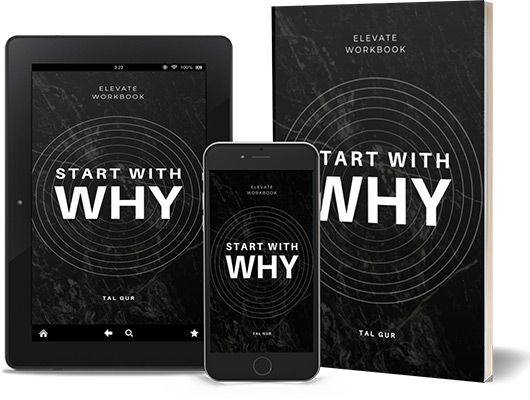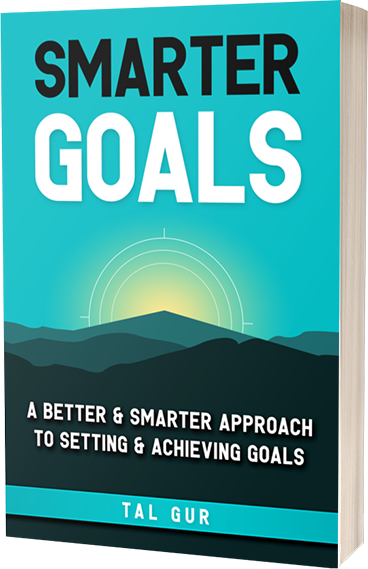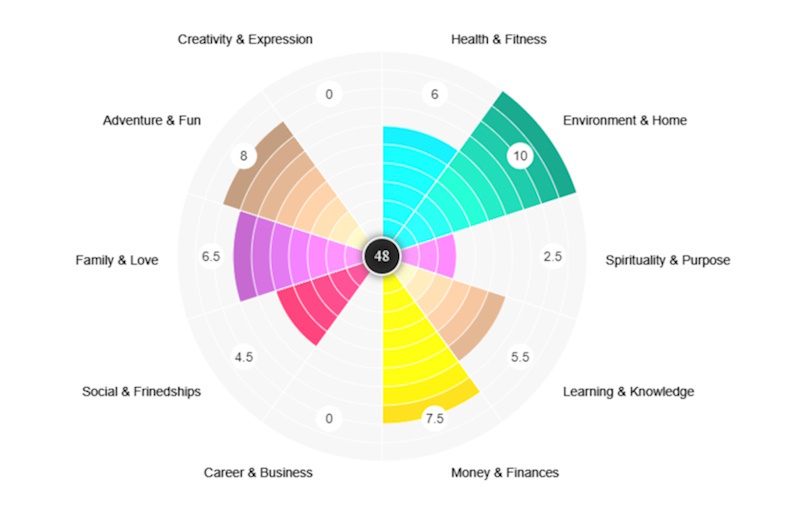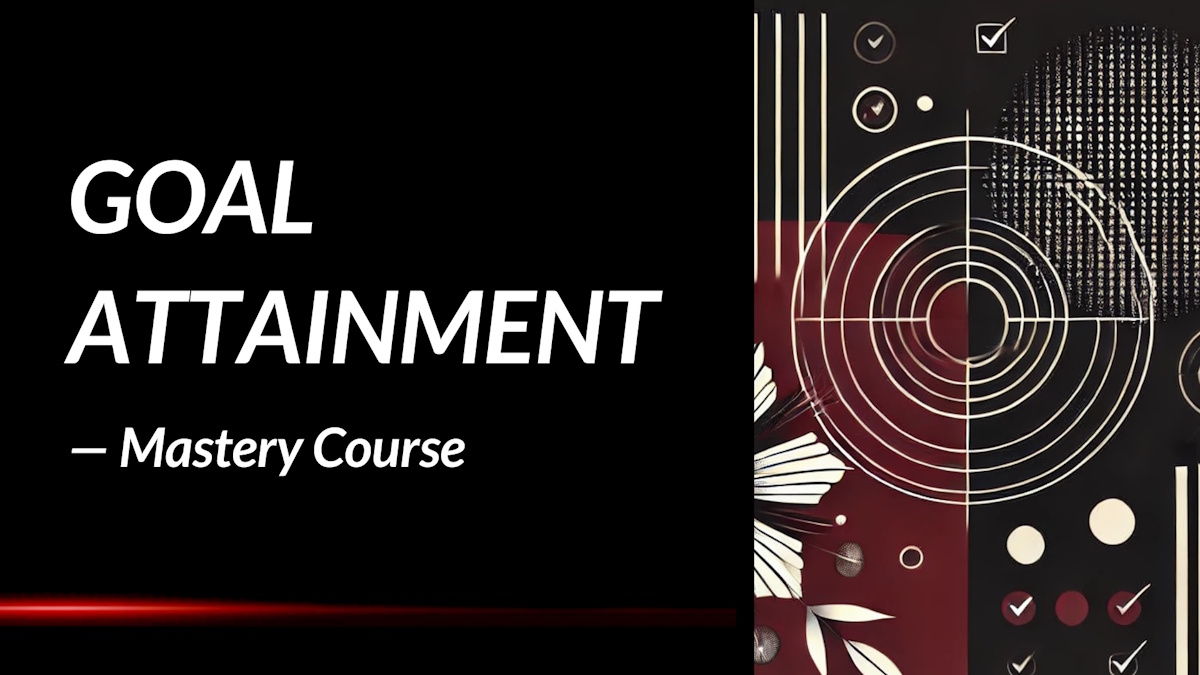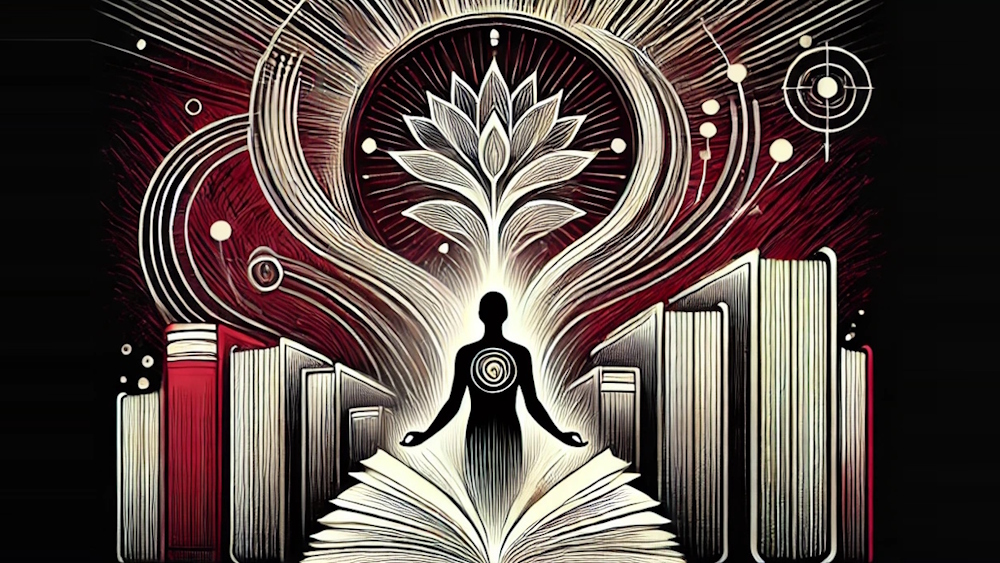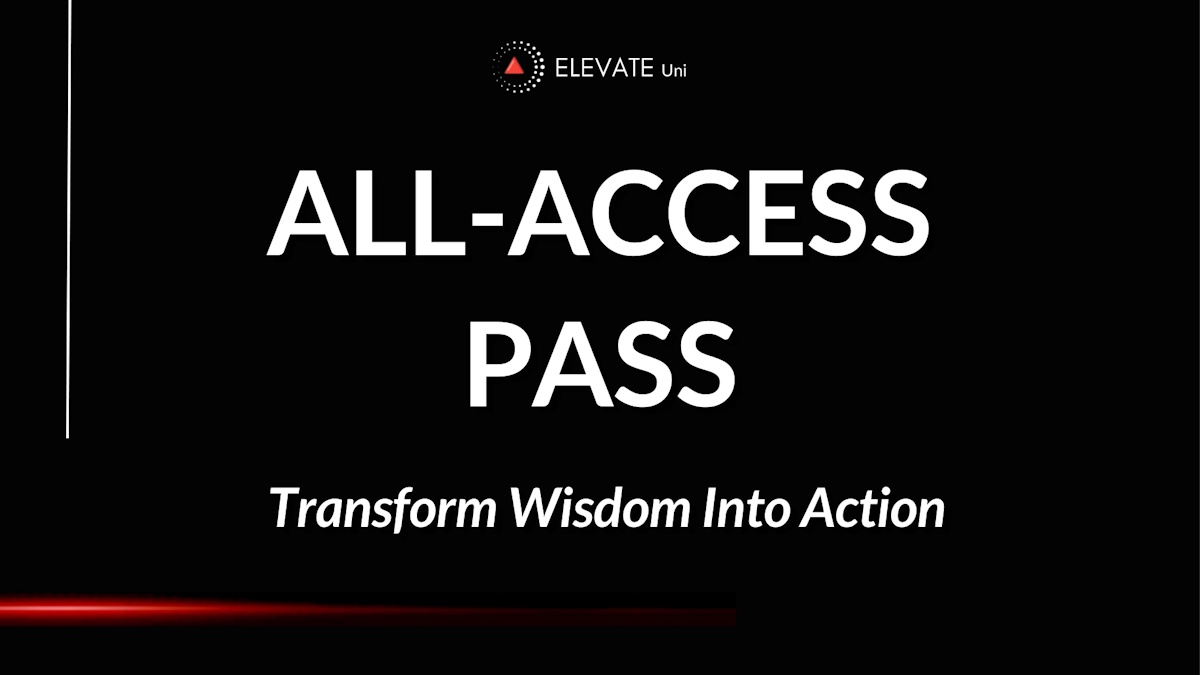Why We Meditate: Summary Review
What if the key to navigating our chaotic world lies not in doing more, but in simply being more present? In Why We Meditate: The Science and Practice of Clarity and Compassion, Daniel Goleman and Tsoknyi Rinpoche offer a transformative guide that blends ancient wisdom with modern science to help us find clarity, balance, and inner peace.
What is the Book About?
Why We Meditate is a compelling fusion of Eastern contemplative traditions and Western scientific insights. Goleman, renowned for his work on emotional intelligence, teams up with Tsoknyi Rinpoche, a respected Tibetan meditation master, to demystify meditation and present it as an accessible practice for all. The book delves into how meditation can help us break free from destructive thought patterns, regulate our emotions, and cultivate a deeper sense of compassion and clarity in our daily lives.
Structured around practical exercises and grounded in neuroscience, the book introduces readers to techniques like "dropping," belly-breathing, and the "handshake practice," each designed to foster mindfulness and emotional resilience. Whether you're a seasoned meditator or a curious beginner, Why We Meditate provides a roadmap to inner transformation, emphasizing that the journey toward well-being begins with a single breath.
Book Details
Print length: 224 pages
Language: English
Publication date: December 6, 2022
Genre: Self-help / Mindfulness
Book Authors
His collaboration with Tsoknyi Rinpoche, a revered Tibetan Buddhist teacher, brings together Goleman's scientific acumen and Rinpoche's profound spiritual insights, resulting in a work that is both intellectually rigorous and deeply compassionate.
Core Theme
At its heart, Why We Meditate explores the transformative power of meditation as a tool for cultivating clarity and compassion. The authors argue that by turning inward and observing our thoughts and emotions without judgment, we can break free from habitual patterns that cause suffering. This self-awareness paves the way for a more compassionate relationship with ourselves and others, fostering a sense of interconnectedness and empathy.
The book emphasizes that meditation is not about escaping reality but engaging with it more fully. Through practices rooted in both ancient traditions and contemporary science, Goleman and Rinpoche demonstrate how meditation can enhance emotional regulation, improve focus, and deepen our understanding of the human experience. Their approach is both practical and profound, offering readers tangible tools to navigate the complexities of modern life.
Main Lessons
A few impactful summary lessons from Why We Meditate:
1. Understand Stress Before Seeking Enlightenment
Before we can aspire to transcendent peace or deep spiritual insight, we must begin by tending to our basic emotional wellbeing. The book highlights that our modern-day stress is so deeply embedded and subtle that it often goes unnoticed, yet it governs much of our behavior. Instead of rushing toward lofty goals of enlightenment, the first step is to become a healthier human being—one who acknowledges, understands, and works through emotional unrest. By embracing this grounding approach, meditation becomes a tool not for escape but for stabilizing ourselves in the present moment.
2. Approach Meditation Through Both Science and Spirituality
The unique strength of this book lies in its balanced combination of Buddhist meditative wisdom and neuroscience. With Tsoknyi Rinpoche guiding the experiential practice and Daniel Goleman backing it with scientific rationale, readers are offered a bridge between ancient Eastern traditions and modern Western understandings. This dual approach makes meditation not just a mystical experience but a measurable, tangible practice supported by research. It also widens accessibility, allowing skeptics and scientists alike to connect with the practice in grounded ways.
3. Begin With the Body to Anchor the Mind
Rather than leaping straight into advanced mental practices, this book emphasizes beginning with the body—particularly the breath. Tsoknyi Rinpoche introduces readers to the foundational importance of bodily awareness as a gateway to mindfulness. Anchoring the practice in physical sensations helps create the conditions for calm, clarity, and emotional regulation. This physical-first approach is especially powerful for those overwhelmed by thoughts or disconnected from their emotions, making meditation more approachable and effective.
4. Use Mindfulness to Befriend Inner Turmoil
Instead of treating uncomfortable emotions as enemies to be conquered, the book encourages readers to treat them as “beautiful monsters”—parts of ourselves that need to be understood with compassion. Meditation, then, becomes a form of inner hospitality: a space where fear, anxiety, and anger can be acknowledged without judgment. This practice helps cultivate emotional intelligence and resilience by teaching us how to coexist with difficult internal experiences instead of suppressing or reacting to them.
5. Meditation Is a Trainable Skill Anyone Can Learn
One of the most empowering messages of the book is that meditation is not some mystical power reserved for monks and spiritual elites—it is a trainable capacity that anyone can develop with guidance and practice. Through its structured format—explaining the “why,” the “how,” and the science—each chapter gives readers a practical toolkit. The clarity of instruction demystifies the process and makes even the deeper aspects of meditation feel within reach for beginners and experienced practitioners alike.
6. Emotional Healing Is Central to Lasting Transformation
Rather than bypass emotional wounds in pursuit of spiritual ideals, the book insists that genuine transformation must include emotional healing. Meditation is presented as a way to rewire our responses to emotional pain, not by numbing or avoiding it, but by working through it with awareness and compassion. This perspective makes it clear that spiritual growth is not separate from our everyday struggles—it is deeply rooted in how we relate to our emotional landscape.
7. Practice Must Evolve to Fit Modern Life
While the core techniques stem from traditional practices like Vipassana, the book adjusts the delivery to fit the needs of modern, often skeptical or overwhelmed readers. The authors recognize that today’s audience might require different metaphors, pacing, and framing to make the teachings resonate. This flexibility doesn’t dilute the core message—it enhances it by making ancient wisdom relevant and practical in the face of contemporary challenges.
8. Neuroscience Validates the Benefits of Meditation
Daniel Goleman’s contribution grounds the meditative practices in well-established neuroscience, helping readers understand not just that meditation works, but why it works. He discusses how consistent practice reshapes neural pathways related to stress, attention, and emotional regulation. These insights give scientific credibility to what practitioners have intuitively known for centuries: that meditation has the power to deeply alter the way our brain functions and how we experience reality.
9. Personal Experience Deepens the Practice
Scattered throughout the book are personal stories from both authors that bring abstract ideas to life. These anecdotes serve not just as illustrations but as invitations—showing that meditation is a lived journey full of ups and downs, discoveries and regressions. It reminds readers that even experienced teachers grapple with the same inner noise and that growth comes not from perfection but persistence. These stories normalize struggle and foster a more compassionate view of one’s own journey.
10. Consistency Unlocks Meditation’s Full Potential
This book doesn’t promise instant enlightenment or overnight transformation. Instead, it quietly underscores the importance of returning to the cushion, again and again. The benefits of meditation—clarity, calm, emotional healing—are cumulative, not immediate. Like physical fitness, the gains are subtle at first but compound over time. The lesson here is clear: consistency, not intensity, is what leads to lasting inner change.
Key Takeaways
Key summary takeaways from the book:
- Dropping: A technique to release mental tension and ground oneself in the present moment.
- Belly-Breathing: A practice to calm the nervous system and foster inner balance.
- Handshake Practice: An approach to acknowledge and befriend our inner challenges with compassion.
- Essence Love: Cultivating an innate sense of well-being and unconditional love.
- Four I's: Understanding different aspects of the self to reduce ego-driven behaviors.
Book Strengths
Why We Meditate stands out for its seamless integration of scientific research and spiritual wisdom. The authors provide clear, step-by-step instructions for various meditation practices, making the book highly accessible to readers at all levels. Their compassionate tone and relatable anecdotes create an inviting atmosphere that encourages readers to embark on their own meditative journeys.
Who This Book Is For
This book is ideal for individuals seeking practical tools to manage stress, enhance emotional well-being, and cultivate a deeper sense of compassion. Whether you're new to meditation or looking to deepen your existing practice, Why We Meditate offers valuable insights and techniques to support your journey toward inner peace.
Why Should You Read This Book?
Reading Why We Meditate can be a transformative experience, providing you with the knowledge and practices to navigate life's challenges with greater ease and compassion. The book's blend of scientific evidence and spiritual guidance offers a comprehensive approach to personal growth, making it a valuable resource for anyone interested in mindfulness and emotional intelligence.
Concluding Thoughts.
In a world filled with constant distractions and stressors, Why We Meditate serves as a gentle reminder of the power of presence and self-awareness. Goleman and Rinpoche's collaborative work offers a compassionate and practical guide to cultivating inner peace and clarity through meditation.
By embracing the practices outlined in this book, readers can embark on a journey of self-discovery and transformation, leading to a more compassionate and fulfilling life. Whether you're seeking to reduce stress, improve relationships, or deepen your understanding of the mind, Why We Meditate provides the tools and insights to support your path.
"→ Get the book on Amazon or discover more via the author's website or social channels.
* The publisher and editor of this summary review made every effort to maintain information accuracy, including any published quotes, lessons, takeaways, or summary notes.
Chief Editor
 Tal Gur is an author, founder, and impact-driven entrepreneur at heart. After trading his daily grind for a life of his own daring design, he spent a decade pursuing 100 major life goals around the globe. His journey and most recent book, The Art of Fully Living, has led him to found Elevate Society.
Tal Gur is an author, founder, and impact-driven entrepreneur at heart. After trading his daily grind for a life of his own daring design, he spent a decade pursuing 100 major life goals around the globe. His journey and most recent book, The Art of Fully Living, has led him to found Elevate Society.



